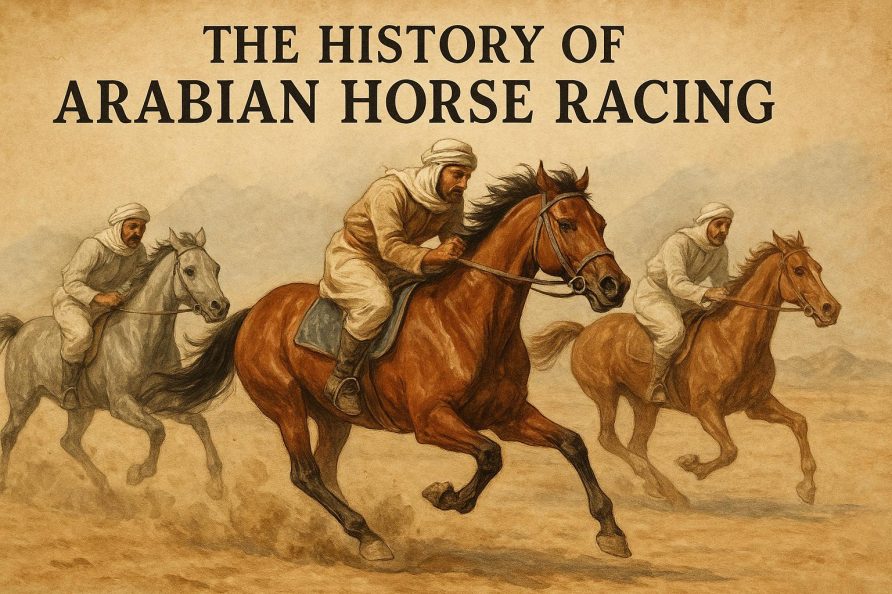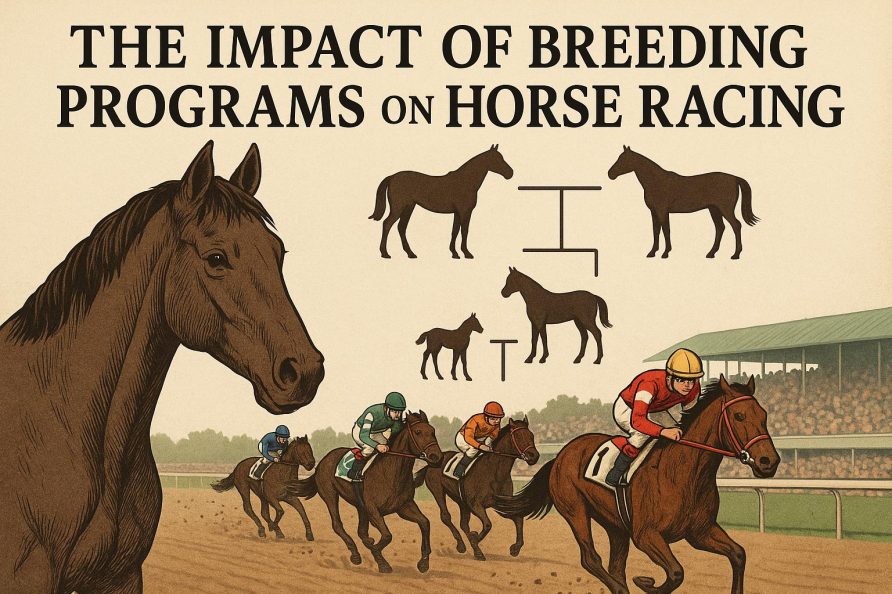Understanding Horse Racing Purses Distribution
Horse racing purses are a fundamental aspect of the sport, providing the financial incentive that motivates owners, trainers, and jockeys to participate in races. The allocation of these purses can be intricate, yet grasping the essential elements can offer valuable insights into the workings of the horse racing industry.
Sources of Purse Money
The funds that constitute horse racing purses primarily originate from three key sources: wagering, entry fees, and sponsorships.
Pari-mutuel Betting: A significant portion of purse funds is generated through pari-mutuel betting. In this system, bettors place wagers against one another rather than against the house. The total pool of money wagered is divided among the winners after deductions. The deductions, known as the takeout, contribute to the purse pool. This system ensures that the greater the betting interest in a race, the larger the purse can potentially become, aligning the interests of the race organizers with those of the participants.
Entry Fees: Another source of purse money comes from the entry fees paid by horse owners. These fees can range from a few hundred to several thousand dollars, depending on the prestige and level of the race. The accumulation of these fees adds significantly to the overall purse pool, making participation in high-profile races financially rewarding.
Sponsorships: Sponsorships serve as an additional source of purse money. Companies or individuals might sponsor specific races, contributing funds to increase the available purse. This form of sponsorship benefits both sponsors, who receive publicity and marketing opportunities, and participants, who compete for higher stakes.
Purse Distribution Criteria
The allocation of purse money adheres to predefined distribution criteria. Understanding these criteria is essential for stakeholders who wish to engage in the sport profitably.
Winner’s Share: The largest portion of the purse is awarded to the horse that finishes first. The exact percentage can vary, but it is common for the winning horse to secure approximately 60% of the total purse. This allocation underscores the high stakes involved in securing a win.
Subsequent Placements: The remainder of the purse is distributed among the horses that finish in descending order of placement. Generally, the second-place finisher receives a larger share than those finishing third, fourth, fifth, and potentially sixth. This distribution ensures that competitive interest extends beyond just the winning horse, rewarding those who perform well.
Owner’s Share
The owner of the racehorse typically receives the largest portion of the purse earnings attributed to their horse, often around 80% of the winnings. This portion is critical, as it helps offset the substantial expenses associated with owning and maintaining a racehorse. Costs such as training fees, transportation, veterinary care, and stable expenses can accumulate, making the owner’s share vital for sustaining their participation in the sport.
Trainer’s and Jockey’s Shares
The trainer and jockey, who play pivotal roles in the horse’s preparation and performance, receive dedicated shares of the owner’s winnings.
Trainer’s Compensation: Trainers usually receive between 10% to 15% of the owner’s share. This percentage is intended to reward the trainer’s expertise, time, and dedication in conditioning the horse for optimal performance.
Jockey’s Compensation: Jockeys typically earn around 5% to 10% of the owner’s share. Their compensation serves as both a reward for their skill in executing race strategy and as an incentive to maximize their horse’s potential during the race.
Special Instances and Bonuses
Certain races may offer bonuses or additional incentives, which can affect the purse distribution. Examples include bonuses for breaking track records or for particular achievements related to horse breeds or ages. These special incentives not only increase the competitive nature of the races but also provide additional financial rewards, encouraging higher levels of performance and participation.
Conclusion
The distribution of horse racing purses is a crucial element of the sport, ensuring that all key participants—from owners and trainers to jockeys—are compensated for their involvement and investment. Understanding the distribution process is fundamental to comprehending how the economic dynamics of horse racing function. By recognizing the sources of purse money and the criteria used for its allocation, stakeholders can gain deeper insights into this thrilling industry. For additional information on horse racing intricacies, consider exploring resources such as Horse Racing Nation or BloodHorse.





